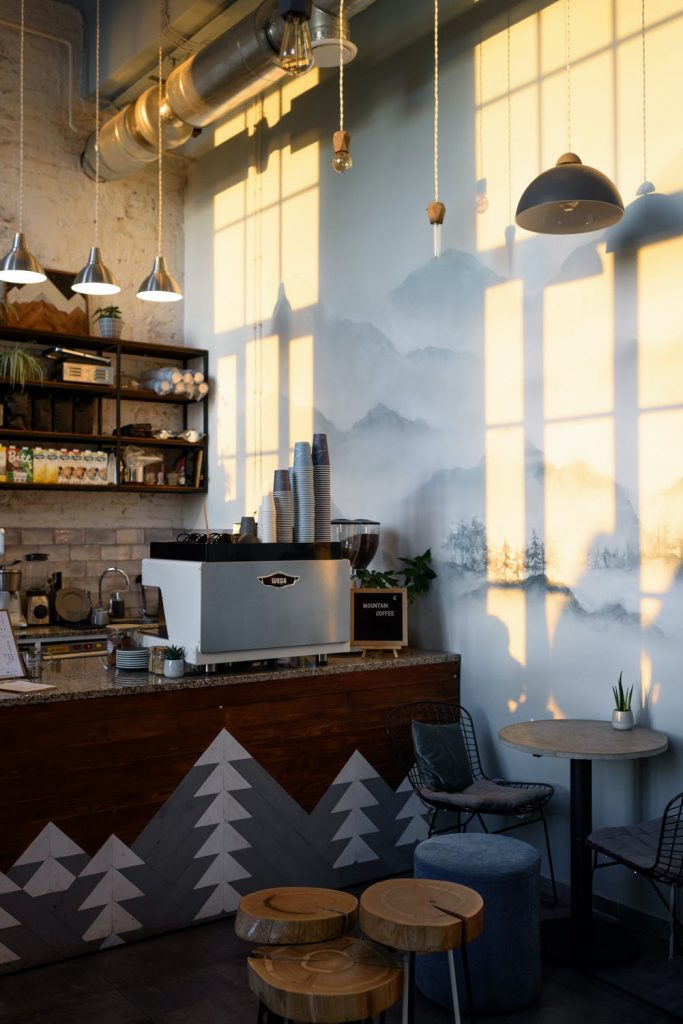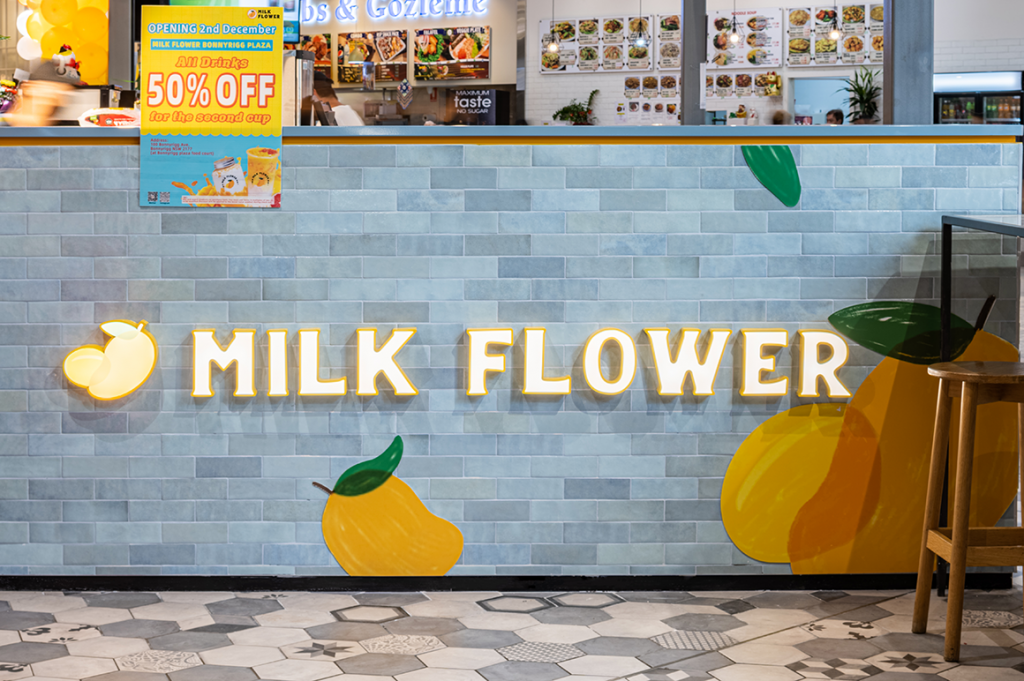The impact of commercial design on stores
The appearance of the structures is greatly influenced by the designs and layouts. Whether commercial or residential, buildings are built to accommodate a certain company or offer occupants a specific lifestyle. Architecture and design advancements greatly influence a person’s sensory experience. These two aspects have an important role in bridging the emotional gap between a residential and a commercial structure. When it comes to commercial buildings, features such as floor plans, retail areas, and interior design play an important part in attracting consumers as well as generating sales and income.
Throughout the history of retail design and commercial interior design projects, the notion of a shop has changed dramatically. We progressed from little local businesses to vast surfaces and shopping malls where every detail was meticulously planned to entice millions of customers to the stores and promote their purchases.
Technology’s entrance also marked a turning point in the way commercial
spaces are designed and how they develop at the speed of light; even now, retailers continue to adapt to new realities.
What is Retail Resign?
The most important feature of Commercial Buildings is Retail Design. The notion refers to the interior design of a business institution to increase sales and make shopping more convenient for customers. Retail design encompasses architecture, interior design, floor planning, advertising, and ergonomics, among other areas. Because one of the primary motivations for retail design is to attract consumers and increase sales, human psychology and social elements are also major influences on retail design.
What is the significance of business interior design?
A product can sell well on its own, but it will be more profitable if the environment in which it is shown helps. For example, in a dark and untidy shoe store, it will be more difficult to feel at ease to examine the goods in-depth and try them on. As a result, commercial interior design helps to create the best environment for the client based on the brand’s message.
Business interior design aids in this regard:
- Make a shopping experience for your customers.
- Make a statement that will make you stand out from the crowd.
- Create a corporate identity and a brand image for your company.
The Importance of Restaurant/Café Interior Design
Because the way your restaurant or a café appears will be significant to your identity, restaurant interior design must be an important aspect of your restaurant marketing plan. As soon as your consumer passes through the door, he or she will notice your interior design. This initial impression will determine how people see your brand, the degree of care they expect, the amount of time they expect to spend with you, and whether or not they want to return. As a result, interior design’s importance cannot be understated. The following are some of the reasons why restaurant/café interior design is so important:
- The whole branding strategy of a restaurant is dependent on the interior design. The look of a restaurant influences customers’ opinions of its concept and whether or not it is a pleasant place to dine.
- Good interior design is marketable interior design. You may use the interior design of your restaurant to market it to your target demographic. If there’s something remarkable about your interiors, make them public. People want to feel unique, which is why they’d rush to your restaurant.
- Most significantly, restaurant interior design influences consumer psychology. You may utilize interior restaurant ideas to encourage your clients to order more, eat quicker, drink more, stay shorter, and so on.

Tips for Perfect Café Interior
True, your coffeehouse should be a reflection of who you are as a person. When it comes to café interior design, however, there are a few fundamental “golden principles.” To keep your customers coming back for more, use these basic café interior design ideas, tips, and tricks:
Location
The first factor that determines the type of client base you will attract is the location of your café. It influences how easy or difficult it will be to attract new consumers, as well as the type of cuisine that will appeal to them. There are three basic sorts of venues that work well for a café:
A Mall Location: Opening a café within a well-known mall is also a viable choice. Because malls attract a diverse range of customers throughout the year, you’ll never be out of employment due to your location.
A Café on a Crossroads: In the morning, a café on a crossroads attracts a lot of office workers. Many customers find it advantageous that your café is the first store on the street, especially if they are in a hurry.
A Partially Residential Colony: Choosing a place in a quaint neighbourhood with little competition isn’t a terrible idea at all. It’s always best to avoid a location where too many restaurants are already fighting for the same type of consumer base.
The exterior of the Café
As soon as potential customers view your cafe’s outside, they will understand the theme and feel of your establishment. It forms a first impression in their thoughts, and if that initial impression is compelling enough, they will most likely consider visiting at least once.
The Material Palette and the Colour Scheme
The two most important parts of any café interior design are the colour scheme and the raw materials. Using them creatively may improve the appearance and feel of any place. On the other side, bad colour selection and the use of the improper raw materials may make your area appear unappealing or even worse.
As a result, it’s critical to conduct thorough study before deciding on the raw ingredients you’ll employ in your café. Then, based on that, choose a colour scheme that complements the rest of the room.
Setup for Lightning
When it comes to café interior design, whether it’s for a café or a restaurant, lighting is critical in creating the proper mood for your clients.
You may employ the lighting arrangement to create a cheerful, colourful, and inviting atmosphere, as well as to pique your consumers’ interest.
Experiment with the Layout
Your cafe’s layout is the foundation of its interior design. There are several alternatives to choose from. You have the option of using a conventional table-and-chair configuration or installing booths.
The main thing to remember is that you must strike a delicate balance between the visual appeal of your layout and its usefulness. There should be sufficient space (between the tables) but not so much that it appears remote and uninteresting.

